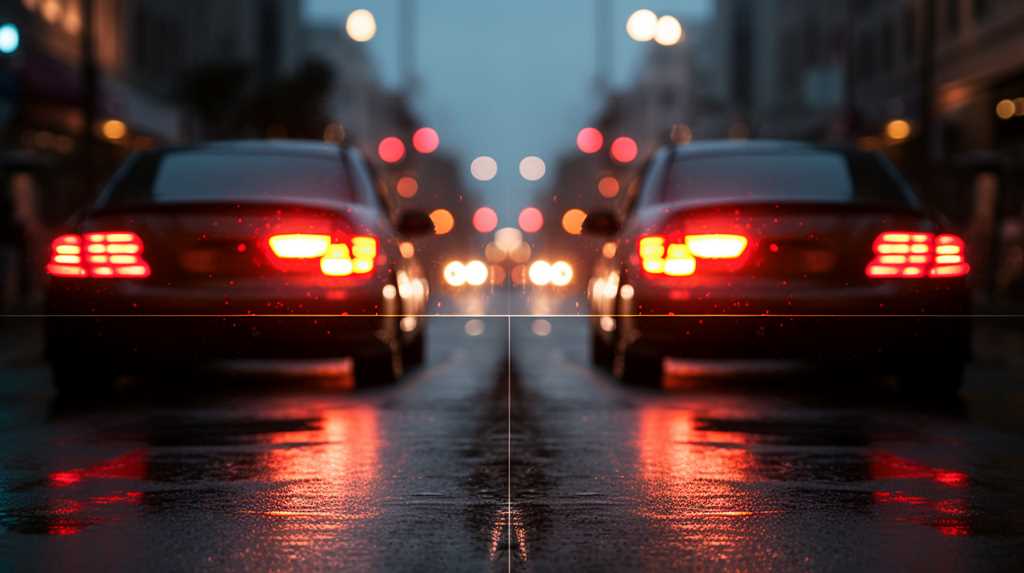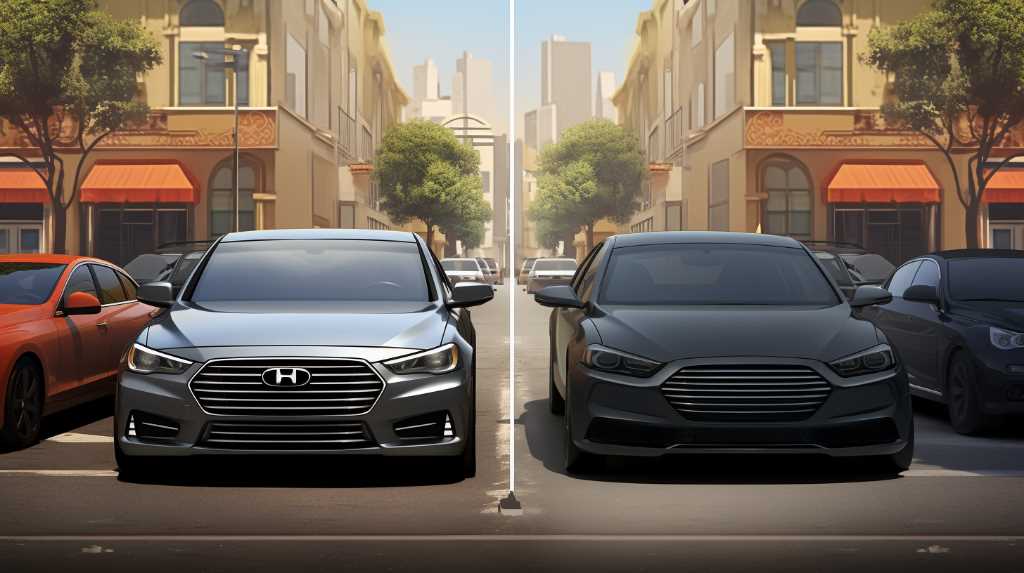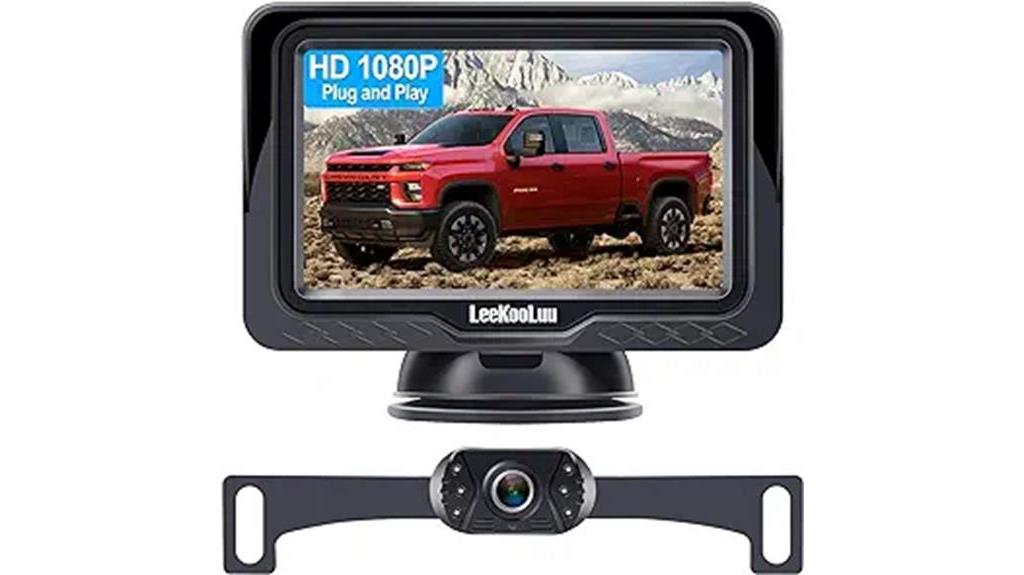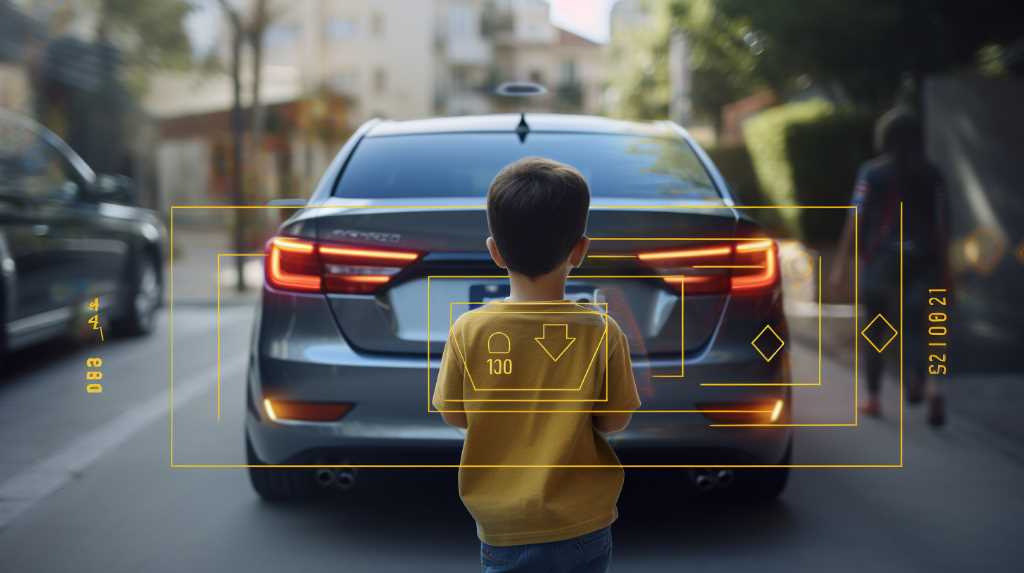Imagine reversing your car as a crisp image of the path behind unfolds on your dashboard screen, courtesy of the tiny eye of a backup camera. You’ve got two main sensor types to thank for that clarity: CCD and CMOS.
When you’re choosing a backup camera, you’re deciding between these two technologies, each with its unique strengths. CCD sensors, known for their superior image quality in low light, have long been the gold standard in photography. On the other hand, CMOS sensors are catching up with advancements that allow for more power efficiency and integration flexibility.
As you weigh the benefits, consider factors like image clarity, power consumption, and cost. Understanding the differences between CCD and CMOS can help you make an informed decision that best suits your vehicle’s needs.
Key Takeaways
- CCD sensors offer superior image quality and light sensitivity, making them ideal for low-light conditions.
- CMOS sensors are more power-efficient and offer greater integration flexibility, making them a more budget-friendly and robust solution.
- Recent advancements in CMOS technology have significantly improved image quality and low-light performance, narrowing the gap with CCD sensors.
- Factors to consider when choosing between CCD and CMOS sensors include image clarity, power consumption, cost, driving conditions, and personal preferences.
Understanding Image Sensors
In the world of backup cameras, image sensors are fundamental components that capture visual information. Specifically, CCD and CMOS types are commonly used in these cameras. These sensors make it possible for you to see what’s behind your vehicle when you’re reversing.
The CCD sensors, or Charge-Coupled Device, were once considered the gold standard. They are known for their excellent image quality and light sensitivity. In fact, high-end cameras often used CCD sensors.
On the other hand, CMOS sensors, or Complementary Metal-Oxide-Semiconductor, have become increasingly popular in recent years. These sensors have their own advantages. They are cheaper to produce and consume less power, making them ideal for car backup cameras. Additionally, CMOS sensors are faster at processing images, ensuring you won’t miss a beat when backing up.
Now, you might be wondering which sensor is better. Well, it’s not that simple. While CCDs may offer slightly higher quality images, CMOS sensors are more than capable for the job at hand. Furthermore, CMOS sensors are more resilient to extreme temperatures, which is a big advantage for any car component. Ultimately, the choice between CCD and CMOS sensors may come down to personal preference or specific needs. Regardless of the choice, both sensors will provide you with a clear view of what’s behind you.
CCD Sensor Fundamentals
Considering the high image quality you’re after, you’ll find CCD sensors to be remarkable for their precision and sensitivity to light. CCD, or Charge-Coupled Device sensors, capture light with a finesse that often surpasses their CMOS counterparts. Here’s why: each pixel in a CCD sensor is an analog device that converts light into an electrical charge.
The magic happens when these charges move across the chip to a read-out point, and then they’re converted to a digital value. This method of transferring charge is like a bucket brigade, where each pixel passes the charge to its neighbor, ensuring minimal noise and maximum image quality.
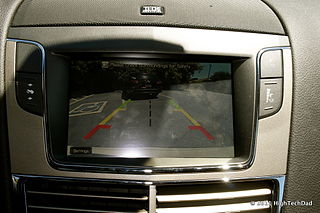
You’ll notice that in low light conditions, this technology particularly shines, pun intended. It’s because CCD sensors can gather more light before converting it to a digital signal, giving you crisp, clear images even in challenging lighting.
But there’s a trade-off: CCD sensors typically consume more power than CMOS sensors. Plus, they’re more expensive and can be slower in processing images. When you’re backing up your car, though, the few extra milliseconds CCD takes to deliver a vivid image mightn’t be as critical as the clarity and detail it offers.
CMOS Sensor Technology
You’ll encounter a different technology when exploring CMOS, or Complementary Metal-Oxide-Semiconductor sensors, which utilize a more energy-efficient method of capturing images. Unlike CCD sensors, CMOS sensors have built-in circuitry that allows each pixel to be read individually. This means you’re looking at a sensor that’s not only power-savvy but also faster in processing the data it collects.
What’s more, CMOS sensors are renowned for their versatility. They’re capable of integrating several processing functions that CCDs can’t, making them a one-stop-shop for image capture and processing. This leads to a more compact system and can reduce your backup camera’s overall cost.
You’ll also find that CMOS technology has made significant strides in image quality. Historically, they lagged behind CCDs in this area, but recent advances have narrowed the gap considerably. In fact, high-end CMOS sensors now rival their CCD counterparts in terms of image clarity and low-light performance.
Lastly, consider the manufacturing benefits. CMOS sensors are produced using the same processes as most semiconductor chips, which translates to easier and more cost-effective production. This means you can expect a wider availability of options and potentially lower prices for backup cameras equipped with CMOS technology.
Comparing CCD and CMOS
Understanding the differences between CCD and CMOS sensors will help you determine the best backup camera for your vehicle. CCD, or Charge-Coupled Device sensors, are known for their superior image quality. They capture light with remarkable precision, which means you’ll get clearer, more detailed images, even in low-light conditions. This makes them ideal if you frequently drive at night or in dimly lit areas.
On the other hand, CMOS, or Complementary Metal-Oxide-Semiconductor sensors, are generally more cost-effective and consume less power. They’re not as sensitive to light as CCD sensors, which can affect image quality in poor lighting. However, they’ve come a long way and recent advancements have significantly narrowed this quality gap.
You’ll also find that CMOS sensors are more resistant to vibration, a common issue when driving. This means they’re less likely to suffer from the blurring effects that can impact CCD sensors. Plus, CMOS technology allows for integration with other electronic components, making backup cameras with CMOS sensors more compact and easier to install.
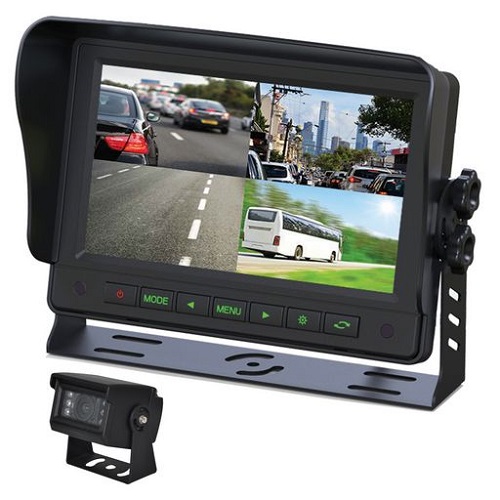
Ultimately, your choice depends on what’s most important to you: the highest possible image quality, or a more budget-friendly, robust solution. Consider your driving conditions and preferences to make an informed decision.
Making the Right Choice
When choosing the right backup camera for your vehicle, it’s essential to weigh the pros and cons of each sensor type to match your specific needs.
If you prioritize image quality, especially in low-light conditions, a CCD sensor might be your best bet. Known for less noise and better light sensitivity, CCD cameras often provide a clearer picture. However, they can come with a higher price tag and might consume more power than their counterparts.
On the other hand, if you’re looking for a more cost-effective and energy-efficient solution, consider a CMOS sensor. These sensors are generally less expensive and use less power, making them ideal for continuous use. Although CMOS technology has historically lagged behind CCD in terms of image quality, recent advancements have significantly narrowed that gap.
Remember that the environment where you’ll be using the camera plays a crucial role. For example, if you frequently drive at night, a camera with excellent low-light performance is vital. Also, think about the camera’s integration with your vehicle’s system. Some cameras might be easier to install or have better compatibility with your car’s display.
Ultimately, the right choice balances performance, cost, and compatibility with your specific driving habits and conditions.
Frequently Asked Questions
What Are the Typical Lifespans of CCD and CMOS Backup Camera Sensors Under Regular Use?
You’re looking at about 5-10 years for both types under normal conditions. However, it’s your usage and care that’ll ultimately determine how long they’ll keep your rear view crystal clear.
How Do Extreme Temperatures Affect the Performance and Durability of CCD and CMOS Sensors in Backup Cameras?
You’ll find that extreme temperatures can degrade your camera’s performance, potentially shortening its lifespan and affecting image quality, regardless of whether it’s a CCD or CMOS sensor.
Can Electromagnetic Interference From Other Car Electronics Impact the Image Quality of CCD and CMOS Backup Cameras?
Yes, electromagnetic interference from your car’s electronics can affect the image quality of cameras, potentially causing distortions or noise in the video feed you rely on for safe reversing.
Are There Any Maintenance or Care Tips to Prolong the Effectiveness of a Backup Camera’s CCD or CMOS Sensor?
To maintain your camera’s sensor, regularly clean the lens, avoid direct impacts, and shield it from extreme temperatures. This’ll ensure its longevity and consistent performance.
How Does the Size and Resolution of a Backup Camera’s Sensor Influence the Overall Vehicle Safety and Ease of Use?
The size and resolution of a sensor in your backup camera directly affect your visibility, enhancing safety and making it easier for you to gauge distances while reversing your vehicle.
Conclusion
You’ve seen both sides: CCD sensors offer superior image quality and low-light performance, while CMOS sensors win on power efficiency and cost. When choosing a backup camera, weigh the importance of clarity against your budget. If you can splurge, go for CCD. But if you’re watching your wallet, CMOS will still get the job done. Trust your needs to guide you to the right sensor for a clearer, safer drive.
Related Articles
Be sure to also check out these articles right here at Motion Performance Motorsports
The Complete Buyers Guide for Backup Cameras
Next Backup Camera Article: How to Use the Guide Lines on Your Reverse Camera
Previous backup Camera Article: New Reverse Parking Tech: Trends & Innovations

Hey there, I’m Terra Frank, the driving force behind Motion Performance Motor Sports. I’m thrilled to have you here, exploring the fascinating world of cars, trucks, and everything related to automotive performance and accessories.
